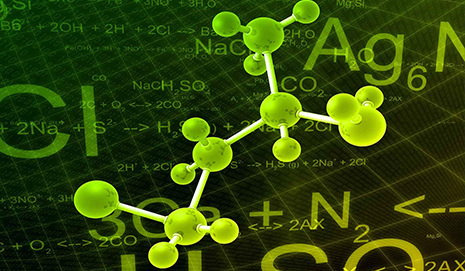Subsectors | Sustainable Materials & Chemicals
- The sustainable chemicals & materials sector is driven by climate change, pollution & energy security concerns, as well as increasing consumer ecological awareness
- From a small base (2%-3%) sustainable chemicals are expected to capture a growing share of the ~US$2 trillion chemicals market in coming years; but product is not sellable on “green” credentials alone (vs. cost, “functionality” …)
- To counter pushback to 1st gen approaches (which put pressure on food & land), over the 2005-2015 period significant effort had been devoted to technically complex approaches – 2nd gen (food/land neutral) and 3rd gen (algae)
- However, corporate interest is now subdued and investor activity has plummeted, as such bio-based approaches have struggled – soft fossil fuel prices, long market adoption cycles, capital intensity as well as under-performing investments and multiple start-up failures
- More recently, major B2C brands are also embracing sustainable materials to meet regulatory and/or consumer pressure to reduce their environmental footprints
- Start-up activity has moved from complex technologies to manipulating other “natural” feedstocks – proteins, plants, starch, sugar … – often lowering the CapEx bar
- Relative economics (and incumbent feedstock prices) dictate that the adoption of sustainable chemicals & materials is initially being led by niche segments with less price sensitivity
- VC interest in the sector continues to be tempered by CapEx intensity (commercial scale-up), with preferences for companies with strategic backing, low capital requirements (e.g. licensing models, non-complex processes), drop-in solutions …

